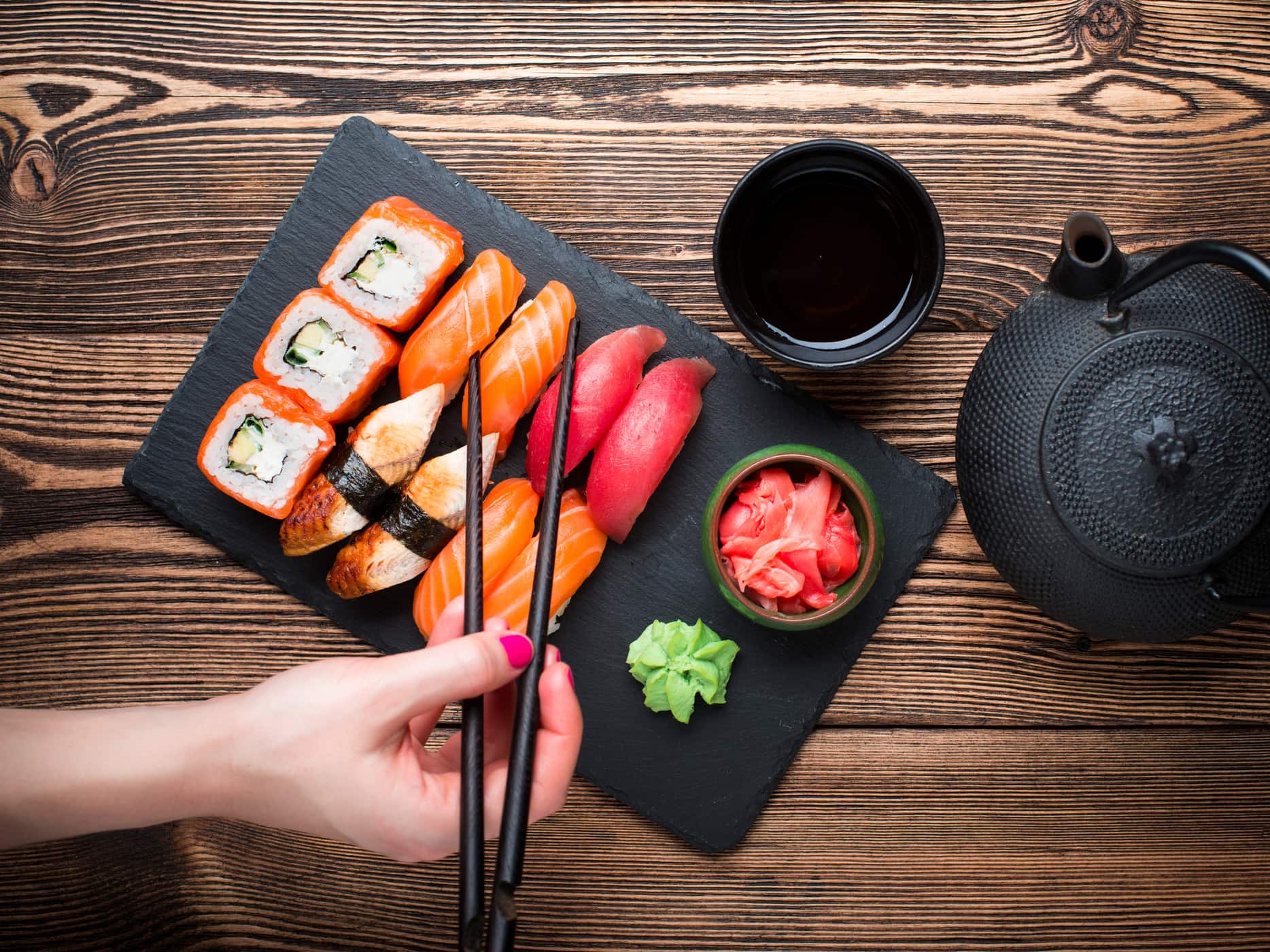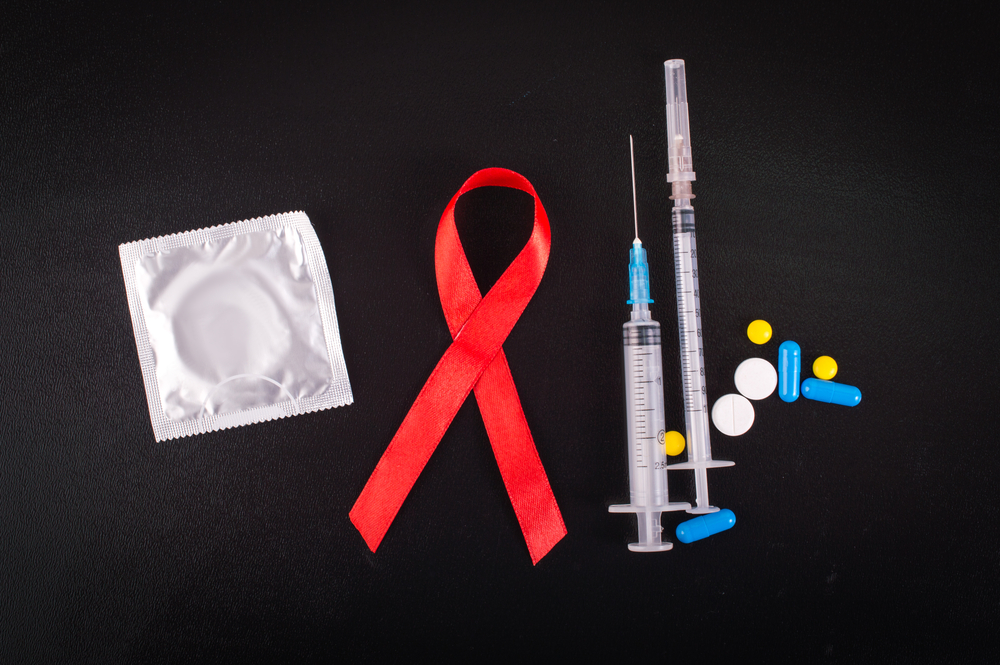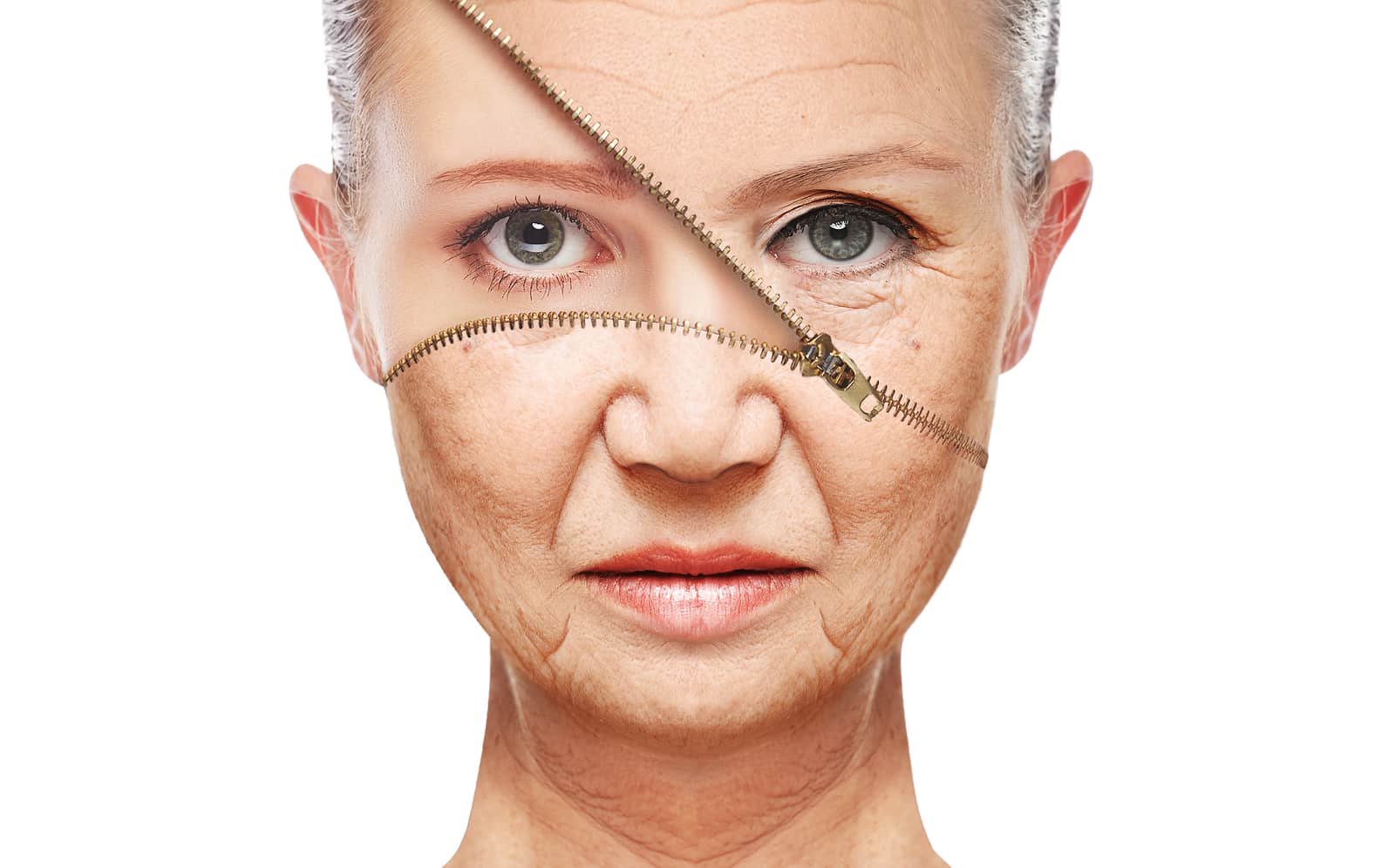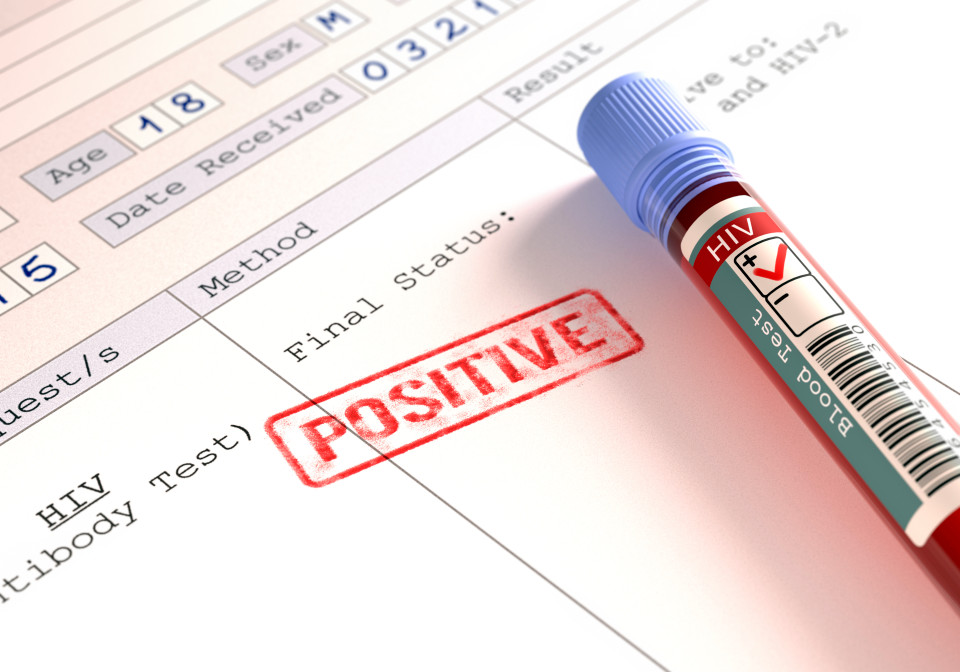Contents:
- Medical Video: Sushi: Is it Healthy?
- Is eating sushi really healthy?
- Some risks to consider when eating sushi
- 1. High salt content
- 2. Using additional sugar
- 3. High mercury content
- How to eat healthy sushi?
Medical Video: Sushi: Is it Healthy?
Are you one who likes to eat sushi? From a series of Japanese specialties, sushi is arguably the most popular. This is evidenced by the mushrooming of sushi shops that can easily be found in malls or other shopping centers of the many types of Japanese food. Food made from raw fish is one of the favorite foods among the people of Indonesia because "he said" contains a lot of nutrients and nutrients in it.
Is eating sushi really healthy?
Sushi consists of rice rolled with raw fish, vegetables, and seaweed or commonly called nori. So don't be surprised if overall, sushi is indeed a healthy food. The content of proteins, yudium, vitamins, minerals, and omega-3 fats in fish, shrimp, crabs, vegetables, and nori are actually very good for health because they are needed so that your brain and body function optimally.
However, along with the development of innovation in making sushi, a variety of flavors and sushi menus seem to have to be examined for its benefits to the body. That is why for those of you who like to eat sushi, you must be careful. Vegetables and seaweed are indeed listed as low-calorie foods, but the way to serve fried sushi and use a mixture of cream, cheese, mayonnaise, makes one sushi roll contain 500-600 calories and contains a lot of fat.
In addition, its small size allows you to eat it many times if you don't feel full enough. That is why, depending on the type, sushi is a food that is no longer healthy.
Some risks to consider when eating sushi
Here are some things that could potentially be a risk of eating sushi if you consume too much or not carefully:
1. High salt content
One of the main disadvantages of sushi is its relatively high sodium content. The nutritional content of sushi actually depends on the type of sushi you consume. Because, there are several types of sushi that contain sodium in large quantities.
Normally, salt intake should be 2,300 mg in one day. This means that a person can consume about one teaspoon of salt every day. However, sWhen you eat nigiri sushi that contains salmon, tuna or shrimp, the salt content is 1/4 gram, while the California roll is almost 1/2 gram.
If you eat four California rolls and four nigiri sushi, you have consumed 1/2 of the salt requirement per day. Not to mention if you add soy sauce or shoyu. Excess salt consumption makes a person at high risk of developing hypertension.
2. Using additional sugar
The main ingredient used to make sushi is white rice.Have you ever wondered why sushi rice tastes good? It turns out that white rice in sushi has generally undergone a lot of processing so it is likely that the levels of vitamins, minerals and fiber have been reduced.
Rice for sushi also contains one additional spoonful of sugar per cup of rice mixed with Japanese vinegar, sugar and salt to make it taste more delicious. Well, every single roll of sushi contains about one cup of white rice in it. So, rice in just one sushi roll contains 240 calories. That is why, consuming lots of sushi rolls containing rice can increase blood sugar levels in the body.
3. High mercury content
Some types of fish, including salmon and tuna, which are widely used for sushi, have high mercury content which is dangerous for health. Suggestions for consumption of marine fish should be no more than 150 grams per week. Therefore, limit the amount of sushi consumption with raw fish, especially for pregnant women
How to eat healthy sushi?
Even though in fact eating sushi has some health risks because of the ingredients in the ingredients, you can still enjoy sushi in a healthier way. Here are tips that you can try:
- Sashimi is a healthier and lower calorie choice for eating sushi. Raw tuna and salmon have high protein, omega-3 fatty acids, vitamins as well as minerals and do not undergo complicated processing. So the nutrition is still original.
- Use sushi dipping ingredients such as shoyu, miso sauce, and just a little chili powder - just as a flavor enhancer. Because, these ingredients can make excessive sodium intake into the body.
- Avoid eating sushi that has a lot of fat and calories, such as mayonnaise, cheese, tempura, and even fried sushi. If you really want to eat healthy sushi, you should avoid this topping.
- You should look for Japanese restaurants that are reputable and known to be clean and healthy to eat sushi. This reputable restaurant is a restaurant whose fish meets food safety standards. So you can make sure if the fish you eat is of good quality.
- Sushi should also be used as recreational food only, not to be eaten regularly. Limit only a month or once a week.












